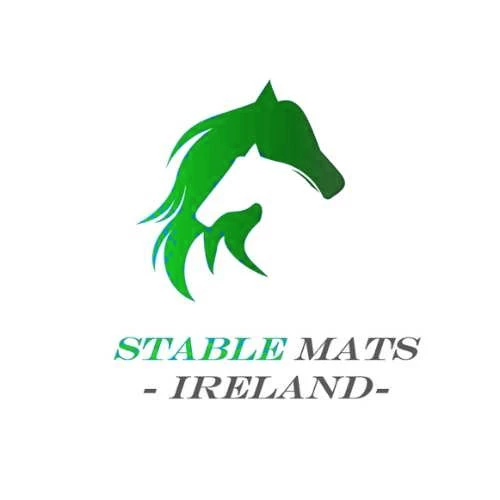How to Lay Stable Mats
Even if you have little to no construction experience, you can fit rubber stall mats and EVA foam mats by yourself.
All it takes to accomplish this feat is a handy Stanley knife, a helper to help you lift and move the mats into place, and a bit of planning to know exactly where each mat is going to go.
It’s important to know that EVA foam mats and rubber mats are fitted differently, and therefore have different fitting instructions.
Tools to use for fitting mats
Most of the tools that you will use to fit mats are things that you already have in your home. Take a look at the list below to see exactly what materials you’ll need to install your stable mats:
- tape measure
- chalk line or chalk
- hammer
- ruler or straight edge
- jigsaw or Stanley knife
How to lay rubber stable mats
Rubber mats are great to use for horse stalls and cows stables, as the material is rated for heavy use and able to handle the force of heavy weights. Let’s look at the steps that you need to install them yourself:
Step one: measure
With your handy tape measure, measure the stall mats, finding the length and width of the stall. Here’s where you’re going to use maths to help you discover the area of the stall, multiply the length times the width. Once you found the stable size, measure each mat and discover how many mats you can fit into the stall.
- Hint: if you want to lay the mats out precisely, use a chalk line to create a grid pattern to follow on the floor.
Step two: fitting instructions for rubber flooring
Next, begin by laying the mat closest to the entryway first. Make sure that the first mat is centred in the doorway, and cut all subsequent mats to fit. Make sure that all the cuts are on the outside surfaces that are facing the walls.
- Hint: Use a straight edge and a piece of chalk or a chalk line to map out where you are going to cut. This makes it easier to cut straight lines.
Once the first course of mats are laid, stagger the next row of mats to avoid having corners meetup.
- Hint: Remember, always push the mats together tightly, as rubber has a tendency to shrink and expand because of temperature changes. Do your best to prevent gaps.
Other helpful hints and tips
- Try to have another person help you, as rubber mats are heavy.
- Whilst a Stanley knife may be a useful tool to cut foam, a jigsaw is really the best tool to use to cut rubber mats. If you don’t have access to a jigsaw, a Stanley knife does fine, but it may take a couple passes for you to cut through it.
- Since rubber has a tendency to shrink and shift, you should add almost half a centimetre to all the measurements that you take. This allows for a tight fit which is tight to the walls.
- Press the rubber mats firmly against the hard surface while cutting to avoid vibration, which can cause cuts to go askew.
How to lay EVA foam mats
Much of the fitting instructions for EVA foam mats are identical to rubber mats, but there is one exception. EVA foam mats expand drastically, especially when animals are on them, and therefore you should leave at least a 1 cm gap around two sides of the mat surface for expansion. If you fail to leave a gap, the mats may come up and curl.
The pattern for laying foam mats
Because of the jigsaw shape of EVA stable mats, you may have a harder time with fitting them directly against the walls. Remember to install the straight edge connector pieces to the mats before you start the first course.
Once again, start from the doorway and work towards the back of the stall, cutting oversized mat pieces into the walls. Simply use a sharp Stanley knife and a straight edge to cut at the wall.
- Hint: Unlike rubber stable mats, you may need to cover the entire stable with EVA mats, as EVA is not heavy enough to sit securely on the floors without shifting.
Proper upkeep of mats
Periodically, lift all of mats and clean underneath them. Even if you have excellent drainage, water and urine can pool underneath the mats and bacteria can build up.
Also, consider moving the mats that are in high-traffic areas to other spots in the stable to avoid wear and tear because of heavy use.
Conclusion
Installing rubber or foam mats is not a complicated job, but it is difficult to do on your own. Even 1mX 1m EVA foam mats can be difficult to move around and place in the proper spot, so having a helper with you can cut the work in half and allow you to get the task completed sooner. Take your time, think through where you want to place every mat, and you’ll have a completed floor in no time! Looking for stable mats then click here
Author: David Van Kooten
